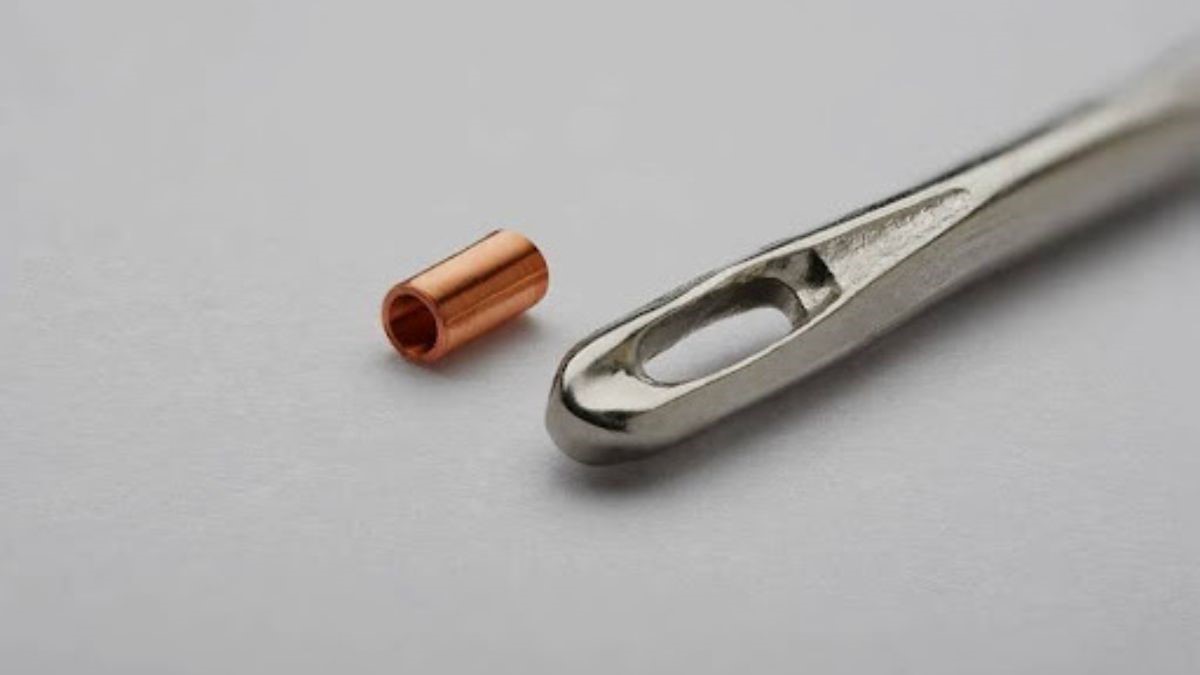Micro coil winding medical devices are an innovation combining precision engineering and healthcare solutions. These small helical springs of exquisite turning are central to the progress of new medical instruments and procedures, which have led to increased use of less invasive techniques, improved diagnostic tools, and better treatment methods. This article is a clear source of learning on micro coil winding and how this technology is developed and used in the medical sector.
What is Micro Coil Winding?
While micro coil winding means the coil is winding from a very thin wire, typically several turns per inch are possible. These coils come in micrometres and are manufactured to very tight tolerances to meet the needs of different sectors, especially the health sector.
It is a process whereby an insular material is wound on a core, and a conductive material like copper or gold wire is wound to form a coil with definite electromagnetic characteristics. These micro coils are essential in creating or detecting magnetic fields and are therefore useful in various uses, including in the micro coil winding of medical equipment.
The Micro Coil Winding Process
Micro coil winding is a technical process requiring special equipment and experienced technicians. Key steps include:
Wire Selection
Ultra-fine wires will be selected based on the electrical characteristics and mechanical requirements. Copper, gold, or platinum are preferred for their conductivity and ability to maintain longer-term usability.
Precision Winding
The micro coil winding medical devices have essential microwires that are wound around a core – often ceramic or metal- with precision from automated micro coil winding machines. This makes for standardization and fair performance since all the machines are of standard quality and should be able to perform their functions optimally.
Insulation and Coating
The wound coils are thereby insulated to reduce the chances of interference and to increase the device’s lifespan. For this purpose common materials used are enamel or polymer coatings.
Quality Control
Experience has it that after going through these various tests, each coil must meet specific requirements concerning its dimension, electrical resistance, and endurance capacity.
Why has Micro Coil Winding become so important in Medical Devices?
1. Precision and Reliability
The level of coiling accuracy in these micro coils is high hence the reliability required in life-sustaining medical equipment.
2. Miniaturization
As the market shifts towards less invasive procedures, micro coils help to shrink these devices in size yet achieve all necessary performance.
3. Customization
Micro coil winding medical devices are flexible enough to be adjusted to the different needs of a specific medical device regarding dimensions, inductance, or resistance.
4. Enhanced Efficiency
Energy efficiency and high accuracy of electromagnetic characteristics make micro coils essential for medical device technology.
Conclusion
New technology will likely increase the need for micro coil winding medical devices as the healthcare industry expands. Future material advancements, robotics, and manufacturing technologies will likely adapt to the difficulties and provide better solutions for improved solutions.
Newer areas such as wearables in health care, surgery with robots, and individual health care will continue using micro coil winding in newer applications. Further, the adoption of artificial intelligence and IoT in healthcare devices will depend upon the accuracy and efficiency of micro-coil technology.


